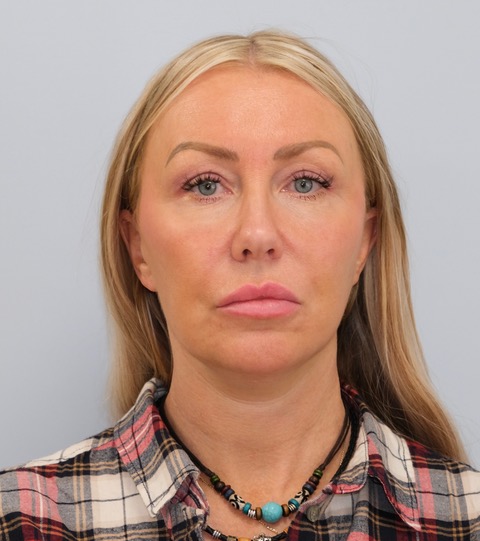What Facelift technique is right for me?

Each individual will have their own personal reasons for wanting a Facelift, but overall, the point of having this popular cosmetic procedure is to recover an appearance that has been lost due to ageing, trauma, disease or a desire to achieve a particular “look”. The change can be subtle or transformational, but it should always result in happiness and closure. Whatever the cosmetic facial technique used, these aims should be achieved.
Non-surgical options
There are several ways to change facial appearance. Firstly there is the surface. Lasers or chemical peels can alter complexion and colour. Secondly, procedures with artificial fillers or fat can replace facial volume that has been lost with age, trauma or disease and the cheeks are a common target for this kind of treatment. Volumetric changes can also camouflage heavy permanent lines such as the nasolabial folds that Botox is unable to treat. A subtle, apparent minor lift of the face can also be achieved with these non-surgical procedures.
What does a facelift achieve?
Facelift surgery mechanically alters the shape of the face by causing an uplift in the appropriate vector or direction. There are many types of facelifts, because essentially patients have different aims and outcome needs. The selection of technique is therefore essential in order to achieve the desired result. The common link between different facelift methods should be that the correct degree of lift is achieved in the correct vector. An acceptable longevity of the initial outcome is also important. The last important factor concerning facelift choice is how much a patient is willing to invest not only in money but in the time needed for a full recovery.
What type of facelift should I choose?
All surgical facelifts depend upon tightening and pulling the skin to achieve a cosmetic result. The longevity of the result will ultimately depend upon the degree of secondary scarring that will keep the skin and the deeper layers in a new favourable position. Threads and single suture techniques rely mainly upon lifting the skin. These skin tightening methods can address relatively mild sagging of the face. In Hiroshi’s experience, they do not treat significant ageing of the jowls or neck for long, because these methods do not alter the deeper layers of the face to the same extent as surgical facelifts. The vector of pull is also relatively limited. However, the operative time and the period needed for recovery will generally be shorter. All techniques require experience and skill to achieve a safe and good result but in Hiroshi’s experience, suture or thread lifting methods will not last as long as a skilfully performed surgical facelift.
More extensive surgical procedures such as the MACS lift or the SMAS lift are designed to reliably tighten the deeper layers of the face and neck. In order to expose these areas safely, the surgery will result in scars in the hairline and just in front of the ear. If the neck also requires significant treatment, the scars will be more extensive and go behind the ear. If planned properly, these scars will be well hidden by hair or within natural creases and will eventually become very difficult to detect.
What’s the difference between a MACS and SMAS lift?
There are many types of facelift surgery, but essentially they all involve manipulation of muscular layers under the face and neck called the SMAS and the platysma. The MACS lift tightens the outer part of the SMAS in a vertical vector. In Hiroshi’s experience, the MACS lift it is more suitable for younger faces because initially the face drops and ages in a vertical direction but as we become older, the vector becomes more oblique and the sagging starts to involve the neck. For these older patients, Hiroshi believes that a SMAS lift allows robust tightening of all these layers in the correct vector.
Why is selection so important?
The outcome of cosmetic surgery depends upon selection. This is not only of the facelift technique used, but also of the suitability of the patient, who is clear about the aims and is able to make an informed choice with the correct information and knowledge. The availability of time and funds are also very important elements in the decision making process. All procedures are temporary but some are more temporary than others. Fillers and Botox are quick subtle fixes that in experienced hands can produce really pleasing results. Hiroshi also regards suture techniques as relative quick fixes in terms of operative and recovery time. Other surgical facelifts will take more “downtime” but they should last much longer and the type of facelift can and should be tailored to the patient’s true area of cosmetic concern.
Hiroshi Nishikawa performs all surgical Facelifts under local anaesthetic and sedation at his private practice at The Westbourne Centre in Birmingham.